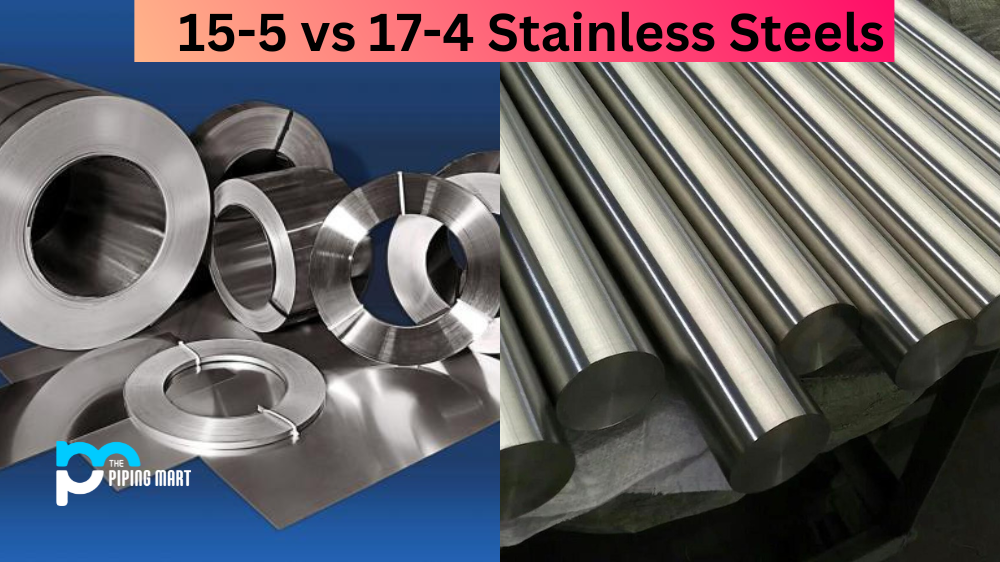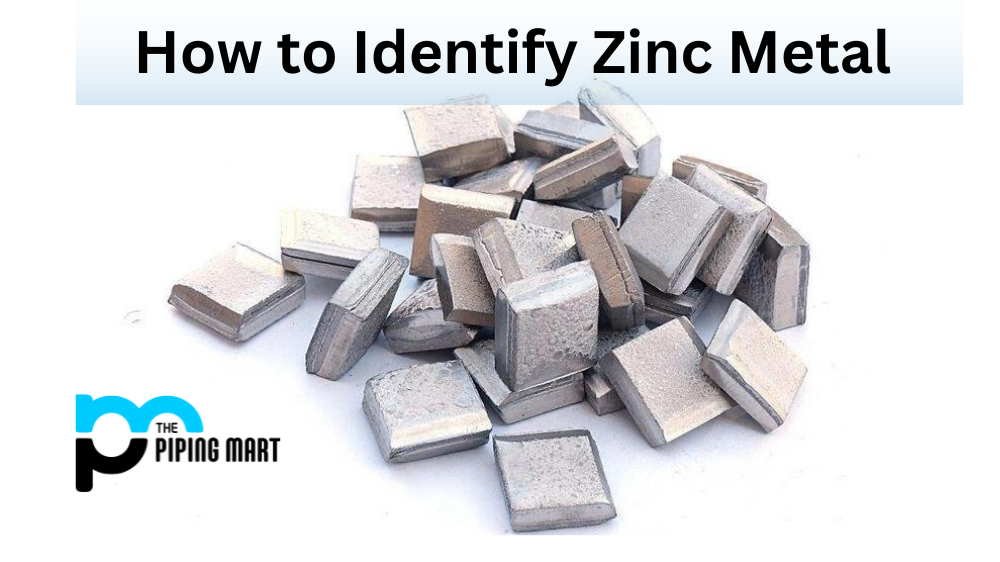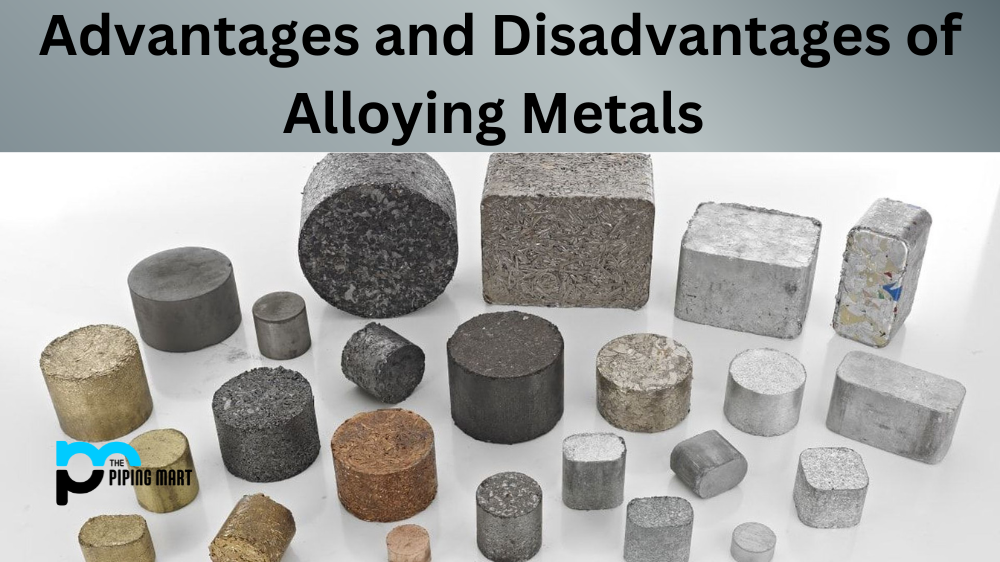Stainless steel is one of the most versatile materials available, with several grades to choose from. When selecting stainless steel for your project, it’s important to know the difference between 15-5 and 17-4 stainless steel. While both are excellent choices for any application requiring stainless steel, there are some key differences that you should be aware of. Let’s take a look at what separates these two grades of stainless steel.
15-5 Stainless Steel
15-5 stainless steel is an austenitic form of stainless steel that contains 15% chromium and 5% nickel. It offers excellent corrosion resistance, good mechanical properties, and a high level of wear resistance. It is often used in aerospace parts, medical devices, and other applications where strength and durability are critical. The primary advantage of 15-5 stainless steel is its ability to resist corrosion in harsh environments. Its low carbon content also makes it a cost-effective choice for many projects.
17-4 Stainless Steel
17-4 stainless steel is an age-hardening martensitic form of stainless steel that contains 17% chromium and 4% nickel. It has excellent corrosion resistance, good mechanical properties, and a high level of wear resistance. It can also withstand extreme temperatures as well as having superior machinability compared to other grades of stainless steel. The primary advantage of 17-4 over 15-5 is its increased strength and hardness due to its high alloy content. This makes it an ideal choice for applications such as shafts, gears, bolts, screws, springs, bushings, bearings etc., where strength and hardness are required, but corrosion resistance is less important than with 15-5 stainless steels.
Difference between 15-5 and 17-4 Stainless Steels
Chemical Composition
One of the primary differences between 15-5 and 17-4 stainless steels is their chemical composition. 15-5 stainless steel contains 15% chromium, 5% nickel, 3% manganese, 1% silicon, and 0.15% carbon. 17-4 stainless steel contains 17% chromium, 4% nickel, 1% manganese, 1% silicon, and 0.04% carbon.
Mechanical Properties
The different chemical compositions of 15-5 and 17-4 stainless steels also result in different mechanical properties. 15-5 stainless steel is stronger and harder than 17-4 stainless steel. Additionally, 15-5 stainless steel has better corrosion resistance and better toughness at low temperatures.
Applications
Due to their different mechanical properties, 15-5 and 17-4 stainless steels have different applications. 15-5 stainless steel is typically used in aerospace applications where high strength and good corrosion resistance are required. 17-4 stainless steel is often used in food processing and medical applications where good corrosion resistance is required, but strength is not as critical.
Heat Treatment
Another difference between 15-5 and 17-4 stainless steels is that they require different heat treatments to achieve their desired properties. 15-5 stainless steel is typically heat treated at lower temperatures for shorter periods of time, while 17-4 stainless steel is heat treated at higher temperatures for longer periods of time.
Cost
Due to their different chemical compositions and manufacturing processes, 15-5 and 17-4 stainless steels also differ in cost. 15-5 stainless steel is typically more expensive than 17-4 stainless steel because it contains more expensive alloying elements like chromium and nickel
Conclusion:
When choosing between 15-5 or 17-4 stainless steel for your project or application, it’s important to consider the specific requirements you have in mind before making a decision. Both offer excellent corrosion resistance but differ in their mechanical properties; 15-5 offers superior corrosion resistance, while 17-4 offers higher strength and hardness, which makes it better suited for certain applications such as shafts or gears where greater strength or hardness is needed. In general, though, either grade will provide long-lasting performance with proper maintenance, so whichever one you choose should serve you well!

A passionate metal industry expert and blogger. With over 5 years of experience in the field, Palak brings a wealth of knowledge and insight to her writing. Whether discussing the latest trends in the metal industry or sharing tips, she is dedicated to helping others succeed in the metal industry.




